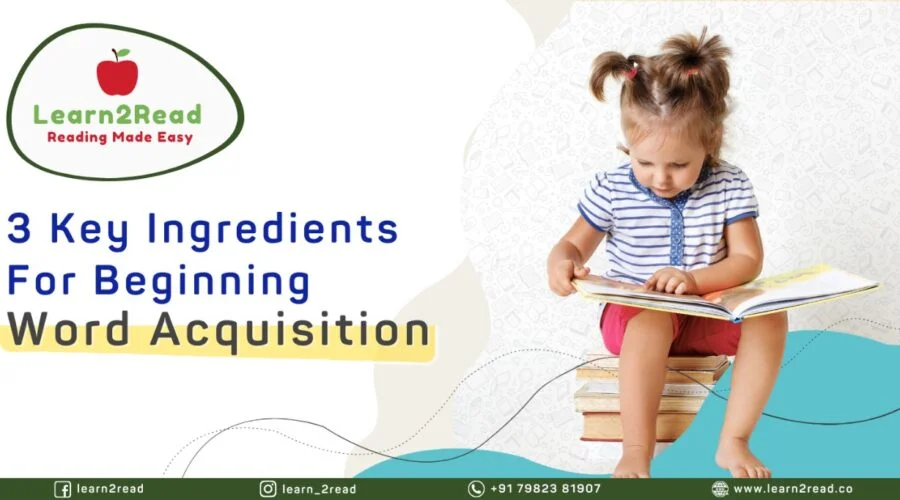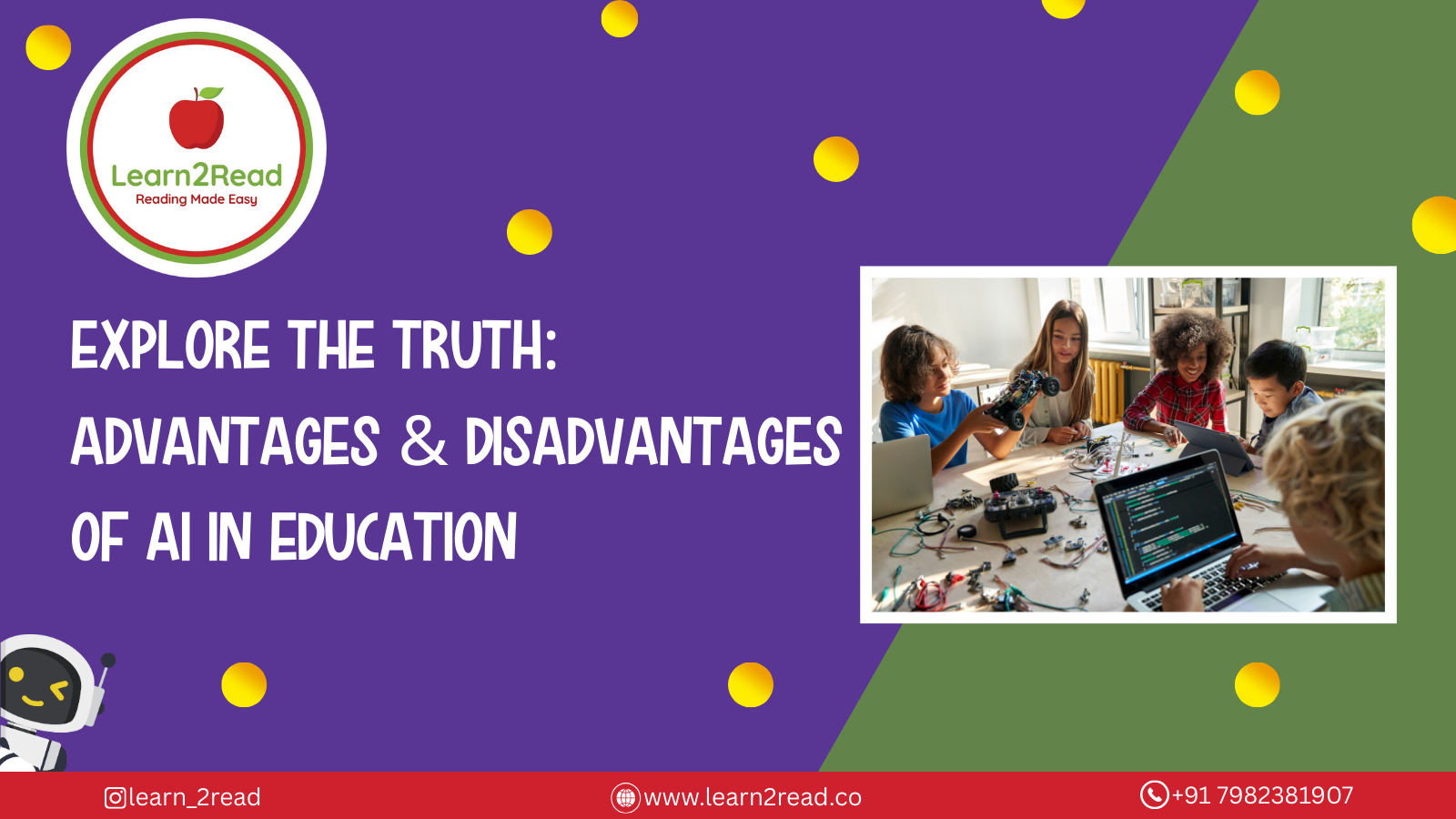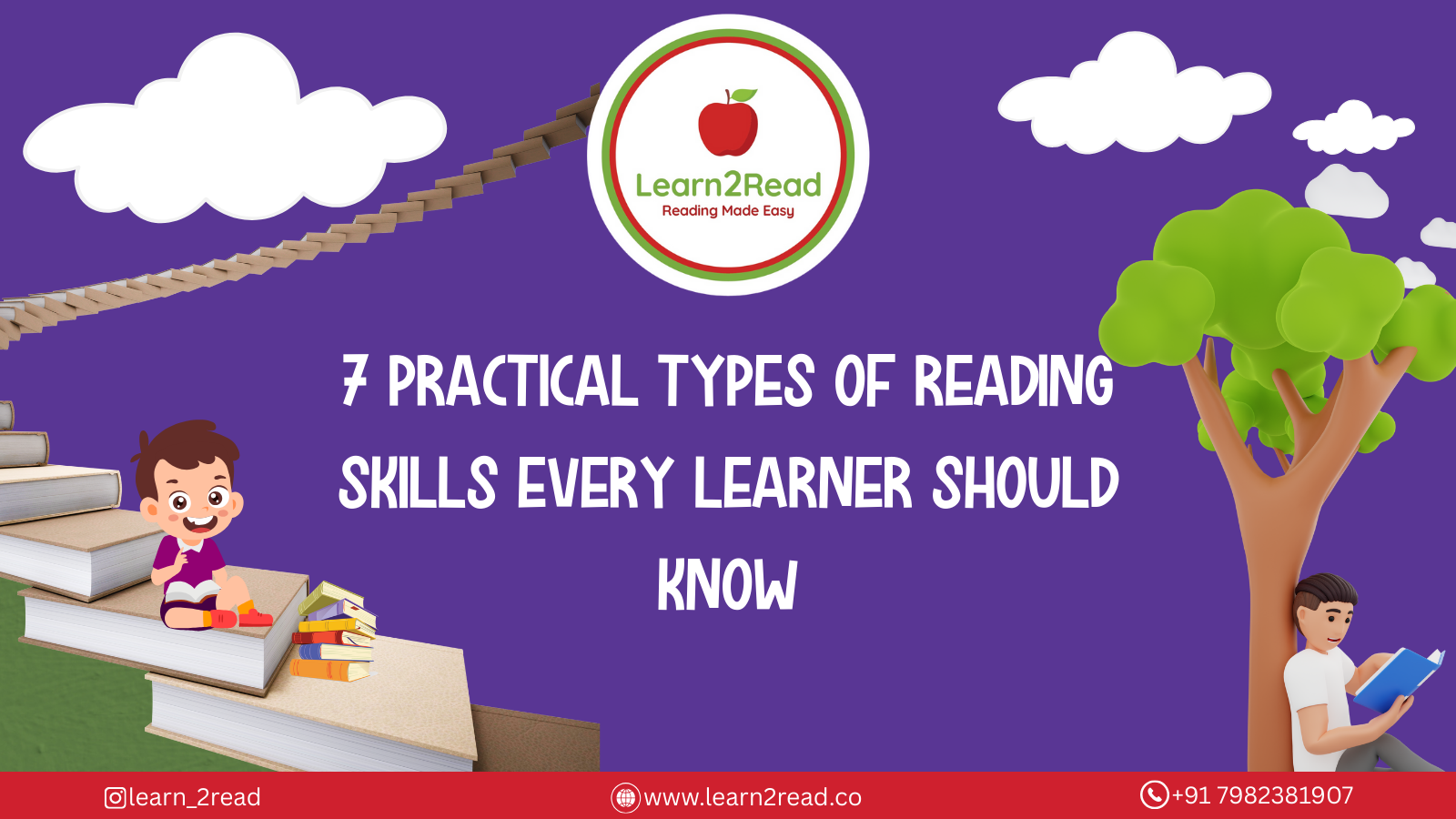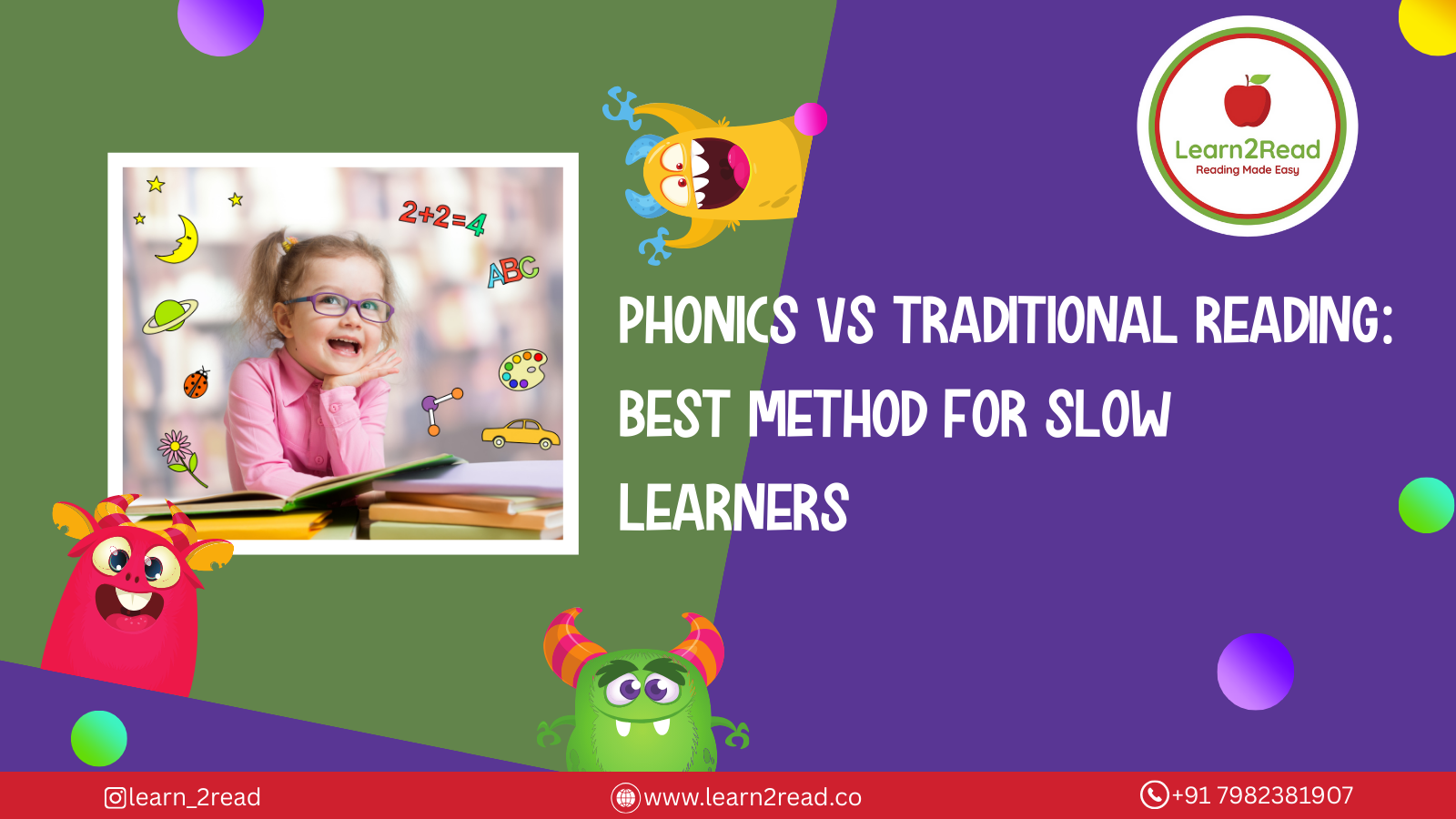19 September 2025
The 3 Key Ingredients for Beginning Word Acquisition

The 3 Key Ingredients for Beginning Word Acquisition
posted on : 14 January 2022
The word acquisition begins with the ability to understand the meaning of the word itself. Like our ChampCam – Ayesha, at the appropriate age of 4 years developed the ability to understand the oral language through sounds. This was only possible because in our phonics course, we cover the three critical key ingredients which help the children to learn to read in a fun manner. The three important ingredients are:
- a concept of the alphabetic principle,
- phonemic awareness, and
- letter-sound (or phonics) knowledge.
- The Concept of the Alphabetic Principle
The alphabetic principle means that words are framed by using letters that represent a particular sound. The principle mainly comprises Alphabetic understanding of letter sound.
This alphabetical principle is taught by us through numerous phonics classes where we cover:- Regular word reading
- Irregular word reading
- Advanced word analysis
The child is enunciating the words out where she is alphabetically understanding the letters followed by phonologically recoding the letters into the words for pronunciation. - Letter-Sound or Phonemes
The second critical ability to learn to read is correlating the letters with their sound for proper pronunciation.
Like in the above video, our ChampCam is decoding the word by breaking it into letters or a combination of letters known as graphemes. Further, able to pronounce the relevant sound for each letter combination which is known as phonemes. There are more than 240 graphemes such as – t, m, er, oa, gn, ck and many more which any early phonetic reader needs to learn.
We at Learn2Read make learning easy and fun with spelling games and interactive fun sessions. - Phonemic Awareness and Phonemic Proficiency
The final ingredient after developing the concepts of alphabetic principle and knowledge of phonics information is developing phonemic proficiency. To make our children learn to read alone, it is important to develop this ability in them. By developing phonemic proficiency, children can easily perceive the individual sounds in words and blend those sounds together to pronounce the complete word.
This oral language ability is known as phonemic awareness which will allow the children to use their written code. Watch our 4 years old ChampCam who is ahead of his friends with the correct phonemic blending ability.
View Post
Children in early age cannot read on their own without anyone’s support and the right phonics teaching process. They will lack the most important ingredients in their childhood which will cause them inconvenience in the future.
If you think your children are on the right path of becoming the reader of tomorrow, then you need to test them with the “Phonemic Manipulation” test.
This ability test will indicate their true state in their reading journey. If by adding, removing, or changing the phoneme positions in words, they are able to read and understand the meaning of the word then they are really ahead.
For example – The words like “Sip” and “Slip” where the only difference is because of a single letter “L”. If they are able to tell you the sound for each out, they are on the right track. But if they haven’t then you should “book a free demo” and try our services.
Latest Posts


19 September 2025
Types of Reading Skills and How to Develop Them in Kids

19 September 2025
Phonics vs Traditional Reading: What Actually Works for Early Learners?

19 September 2025



